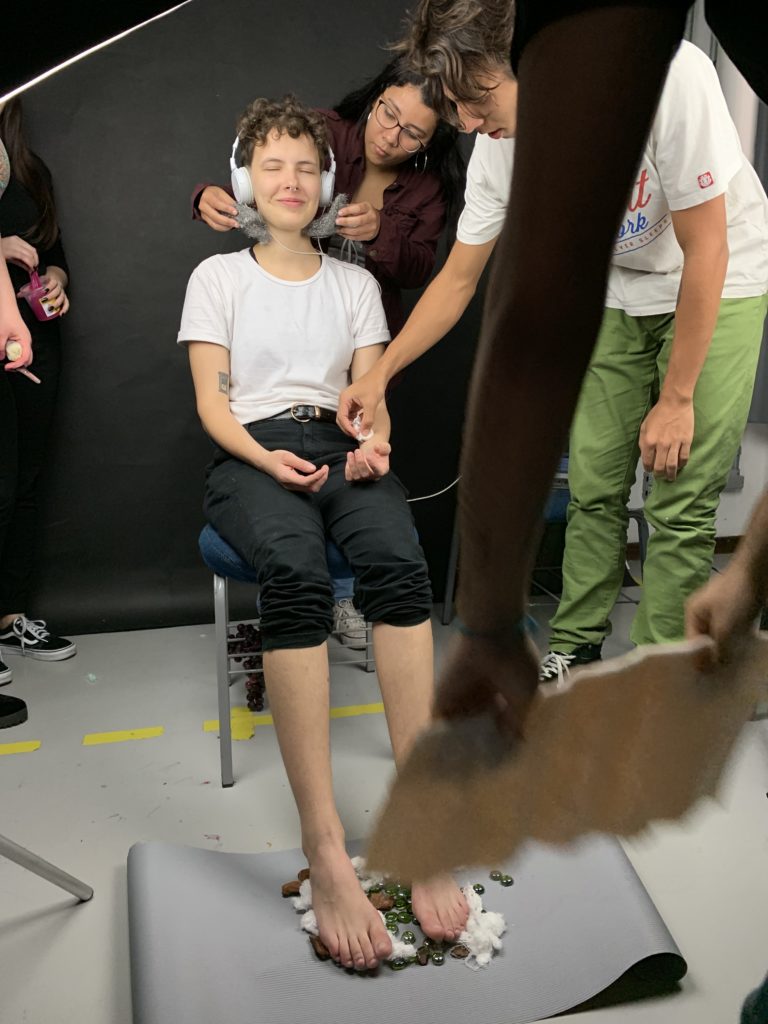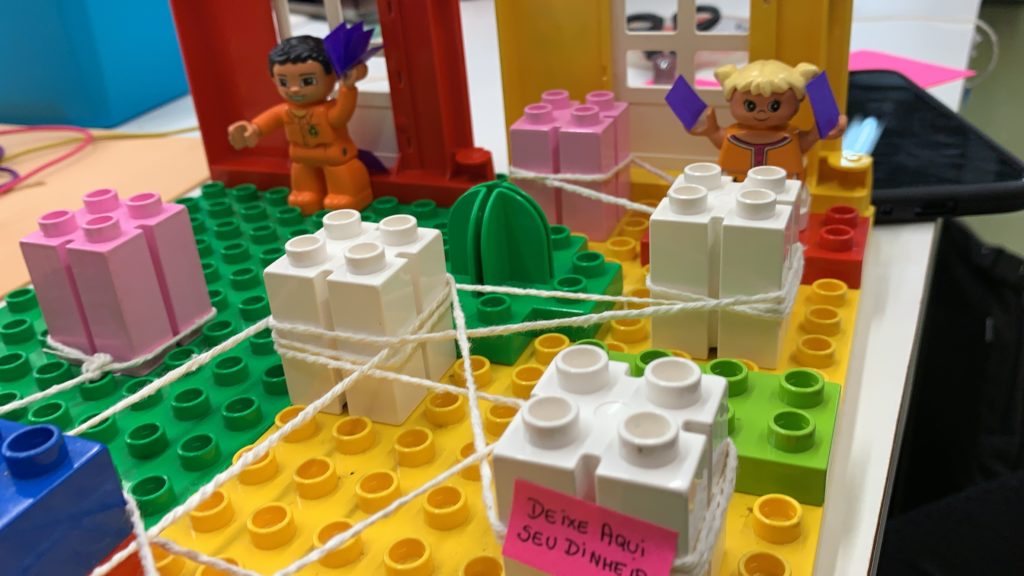80 hours — Design — UTFPR — shared with Dr. Cayley Guimarães
This course introduces the broad view on Experience Design that existed before User Experience Design: designing for memorable moments through multi-sensory media and interactive spaces and technologies. The final project aimed at enabling personal transformations through design, probing into the next step of the Experience Economy.
In the first class, we walked around Curitiba’s city center and looked at how the built environment is designed around us to induce or to transduce specific human experiences. We spent quite some time inside the iconic tube-like bus station discussing how it induces the experience of waiting.
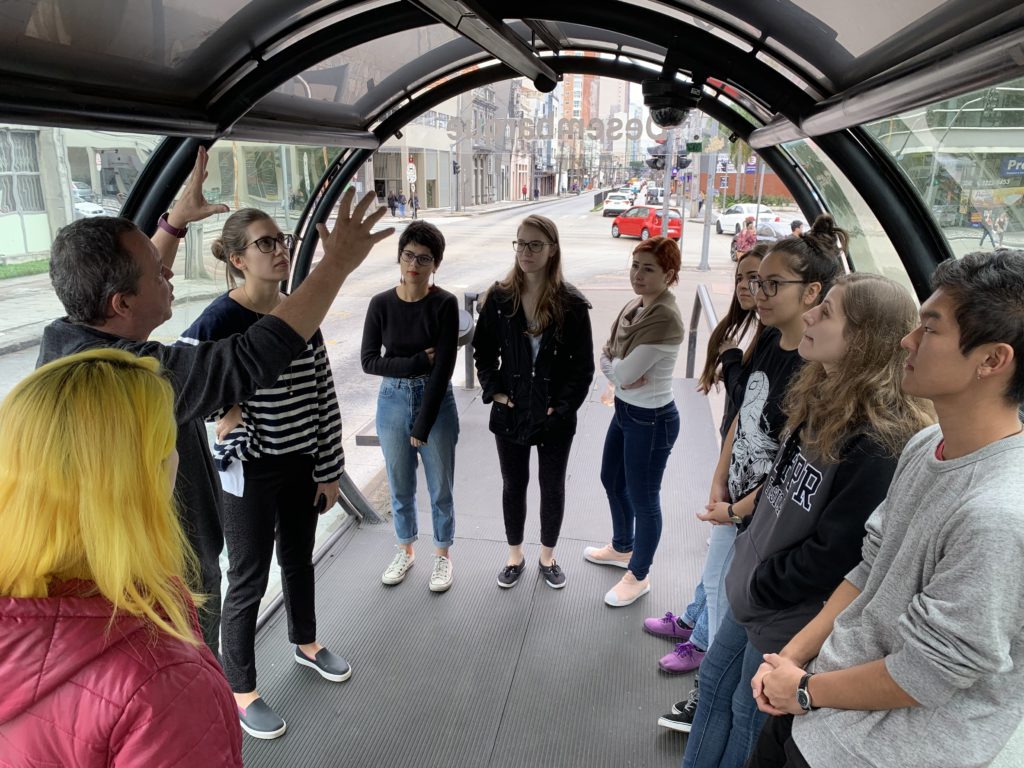
Back in the classroom, we looked into the tiny details of product design that contribute to experiences and storytelling. A pen can be designed in such different shapes and still provides the same function. However, the experience is different, not just due to the product’s shape, but due to its history: who bought the pen, where, when, for what reason, and what did they tell when they gave to someone as a gift.
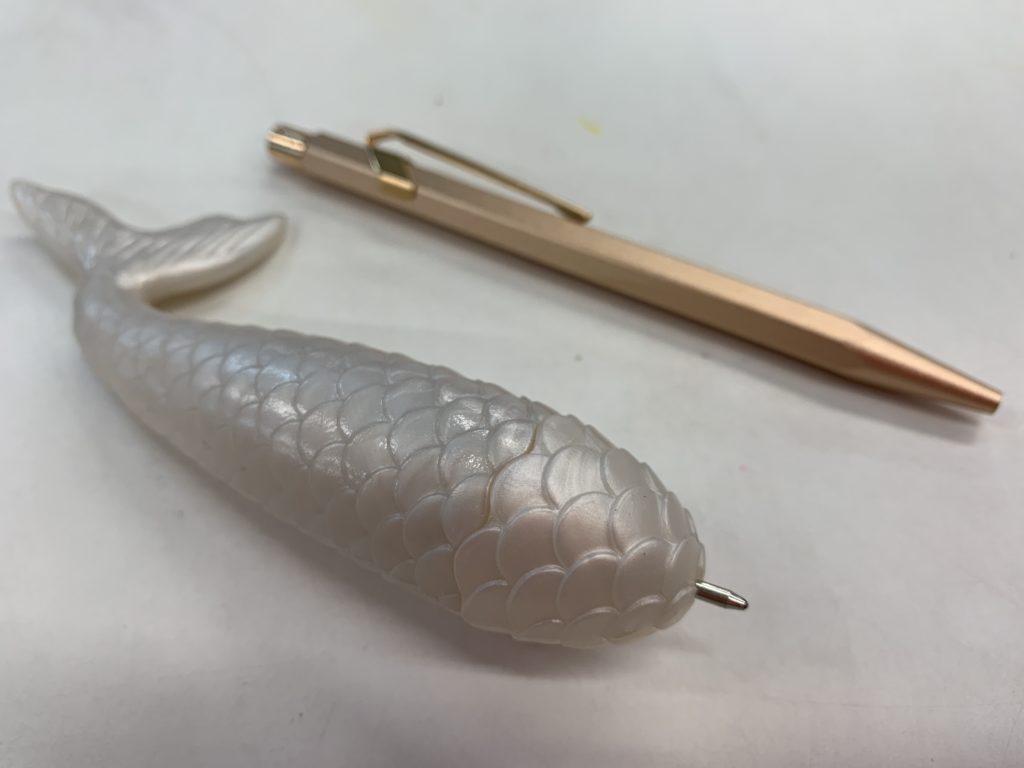
After learning how to read the environment searching for experiences, students started experimenting with writing the environment to tell certain stories. The first assignment consisted of augmenting the experience of listening to music with sensory materials applied to the skin. This simple task enabled iterative, fast cycles, of prototyping and testing the experience. The participants had to close the eyes while listening to a chosen music track, which was augmented by carefully synchronized touches of selected material.
The second assignment was an eating experience project, aimed at challenging personal tastes. The participants had to try something new that they have never experienced in their lives and reflect on it. Rare ingredients and weird combinations were employed.
The third and last assignment consisted of designing an experience for personal transformation based on human values. First, they had to select and discuss which human values they wanted to transform using value voting. This was no easy task once they had to reflect how much weight they give to each one in their lives, how much society gives, and how much they should emphasize them in their project.
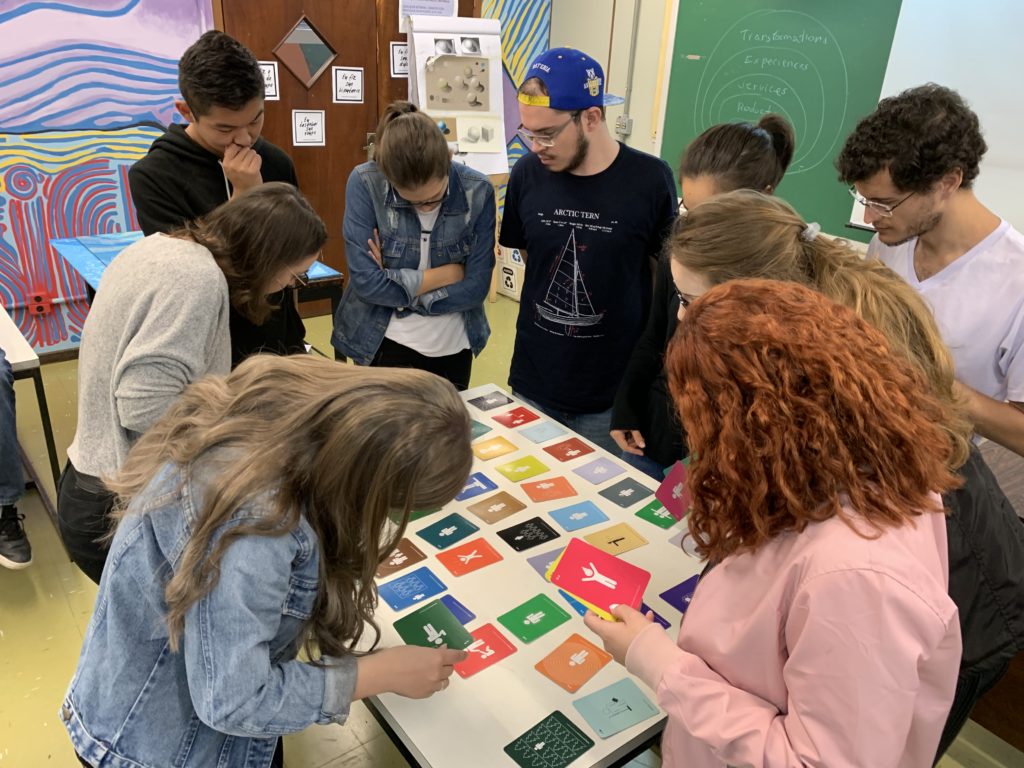
After conceiving the humanist background of the project, they delved into its technical foundation. The first prototype was built using the improvised video with puppet theater.
The second prototype used interaction design theater. The experiences were enacted as if they were real, with invited guests playing the role of users. Simple props were used when necessary to express specific affordances, choices, and algorithms.

The assignment was evaluated based on a conceptual video created by the students explaining the proposed personal transformation and the environment created to support it. They had to explain in detail how the experience was supported by the design.

